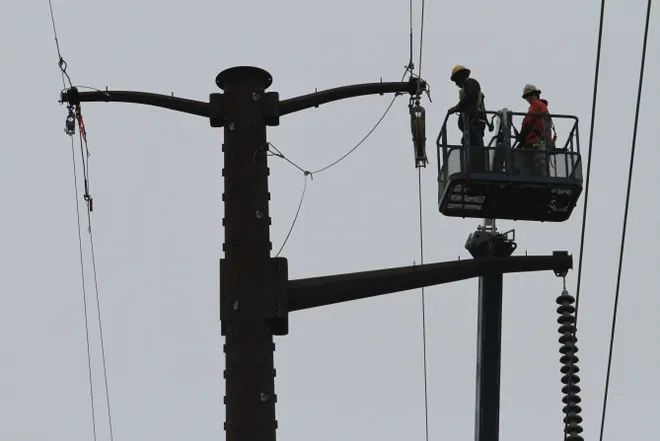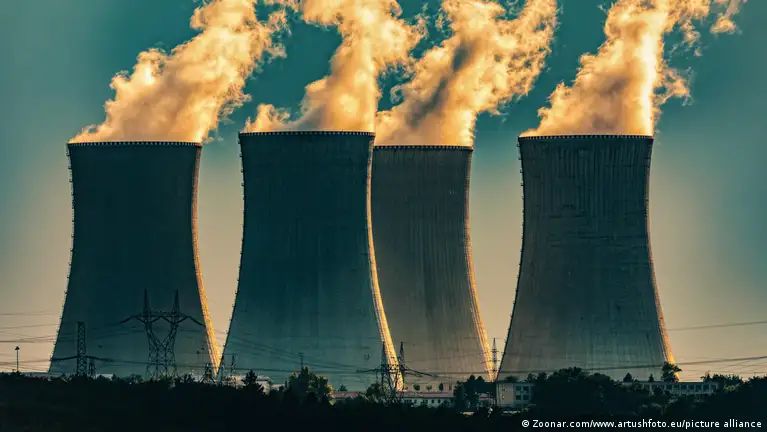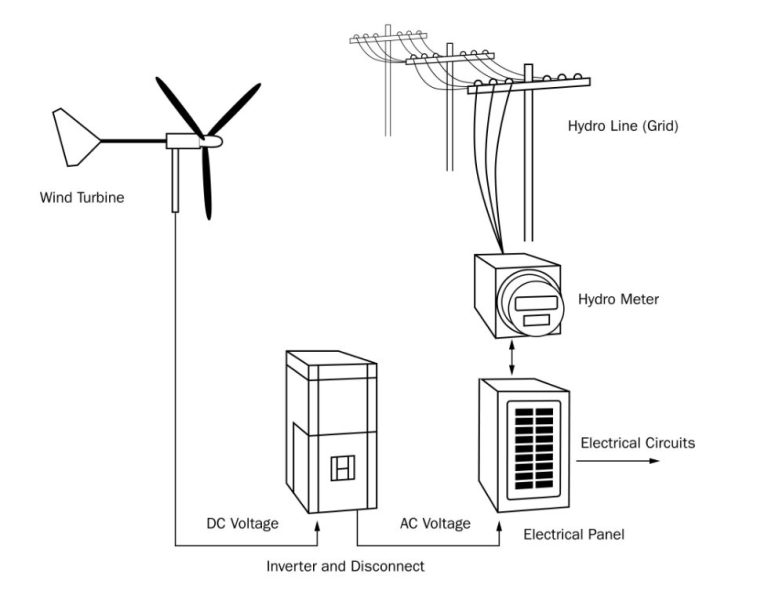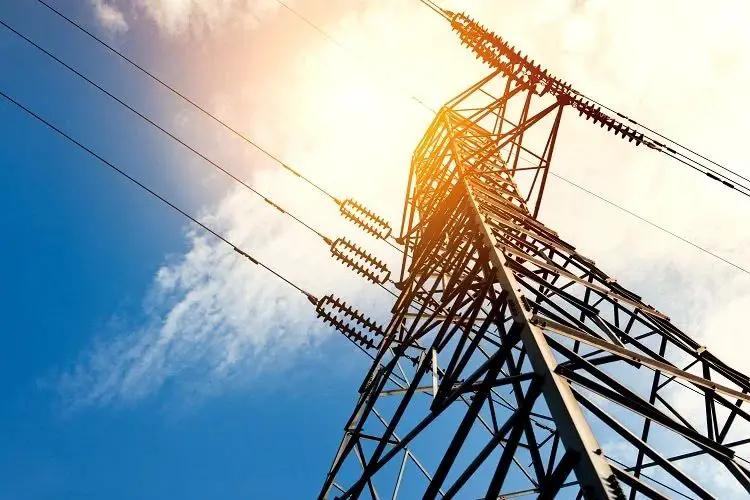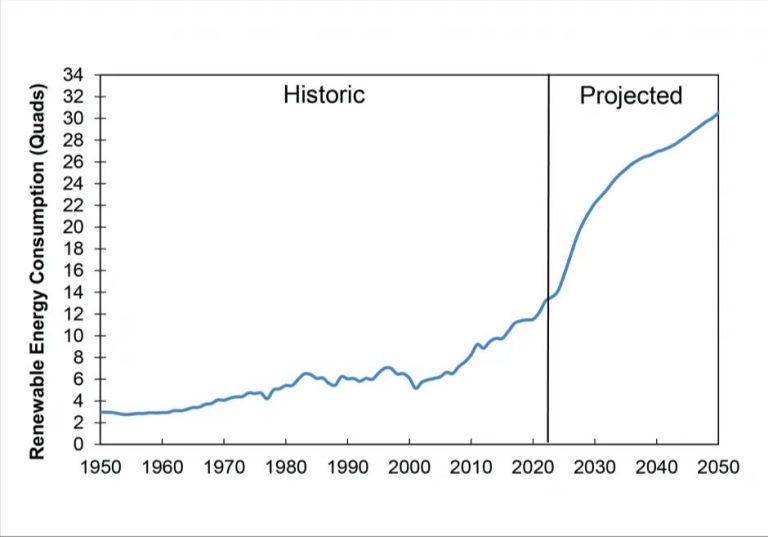What Are The Stages Of Electricity Distribution?
Electricity distribution is the final stage in the delivery of electricity to end users. It is the process of carrying electricity from the transmission system and delivering it to homes and businesses. The main stages of electricity distribution include:
- Generation – Electricity is generated at power plants using various energy sources.
- Transmission – Electricity is transported from power plants to substations at high voltages.
- Substations – Voltage is stepped down for distribution.
- Distribution – Electricity is distributed to customers via distribution lines and transformers.
- Transformers – Transformers lower voltage levels further for safe use.
- Meters – Meters monitor and control electricity usage.
- Wiring – Wires connect customer sites to the distribution network.
In this overview, we’ll explore each of these stages in detail to understand how electricity makes its way to the end user.
Generation
Electricity is generated at power plants using a variety of energy sources. The most common sources for electricity generation are:
- Fossil fuels like coal, oil and natural gas – These fuels are burned to heat water into steam that spins turbines connected to electricity generators.
- Nuclear power – Energy from nuclear fission reactions is used to create steam that spins turbines connected to electricity generators.
- Hydropower – Flowing water from dams or rivers spin turbines connected to electricity generators.
- Wind power – Wind turns blades connected to turbines that spin generators to produce electricity.
- Solar power – Solar cells convert sunlight directly into electricity using photovoltaic (PV) panels.
Regardless of the fuel source, the process of electricity generation works essentially the same way – a generator is spun to produce alternating current electricity. The generated electricity is then stepped up to high voltages for efficient transmission over long distances.
Transmission
After electricity is generated at power plants, it needs to be transported long distances to substations and consumers. This occurs through overhead high-voltage transmission lines. Transmission lines consist of aluminum or steel based conductors, often bundled together in groups of three. These line conductors are suspended by steel towers or poles.
Transmission lines transmit electricity at high voltages, typically 115 kV to 765 kV. Using high voltages enables lower current for a given amount of power, which reduces line losses during transmission. This allows electricity to be transmitted hundreds of miles with acceptable losses. High voltage transmission allows efficient transmission of bulk amounts of electricity from large centralized generators to major substations.
The spacing between transmission line conductors is designed to ensure reliable operation at high voltages. Air acts as an insulator between the conductors to prevent short circuits. The transmission towers raise the conductors high above the ground to avoid contact with trees and other obstacles.
Transmission networks are carefully planned to provide redundant paths to help prevent widespread blackouts. Protective relaying and circuit breakers isolate faults and allow quick restoration of service.
Substations
Substations play a critical role in the electricity distribution system by stepping down the voltage from high transmission levels to lower distribution levels that can be used by homes and businesses. They act as the intermediary between the high voltage electricity transmitted from power plants, and the lower voltage electricity delivered to end users.
Inside the substation, transformers are used to reduce, or “step down” the incoming transmission voltage (typically 115kV or higher) down to safer distribution voltages (such as 12kV). This stepping down is crucial, as the high voltages used for efficient transmission over long distances would be dangerous for general use by homes and businesses.
Substations also contain equipment like circuit breakers, disconnect switches, and protective relays to allow for the safe and controlled distribution of electricity. Operators can remotely monitor and control the substation equipment to ensure voltage levels stay within acceptable parameters before the electricity continues downstream to neighborhoods and city areas.
In addition to stepping down voltage levels, substations also can step up voltages from generating stations to get the electricity ready for efficient transmission over long distances. So substations play an important two-way role in both increasing and decreasing electricity voltages as needed between the transmission and distribution stages.
Distribution
Electricity is distributed from the substations to end users in a multi-step process. The first step is primary distribution, which carries electricity at medium voltages between 2,300 and 33,000 volts. Large power lines coming from substations distribute power to various neighborhoods and communities. Primary distribution lines may be overhead or underground.
The next step is secondary distribution, which converts the medium voltage electricity from primary lines down to the end use voltage. Most residential customers receive 120/240V single phase power or 208V three phase power. Secondary distribution lines are the utility poles and underground cables that run down streets and deliver power to neighborhoods and homes. Transformers are used to step-down the higher primary voltages to usable end user voltages.
The distribution system relies on a network of power lines, transformers, switches, and other equipment to deliver electricity to customers. Careful monitoring and maintenance are required to prevent faults and ensure reliable delivery of power. Distribution is the final stage before electricity reaches homes and businesses to power lighting, appliances, and devices.
Transformers
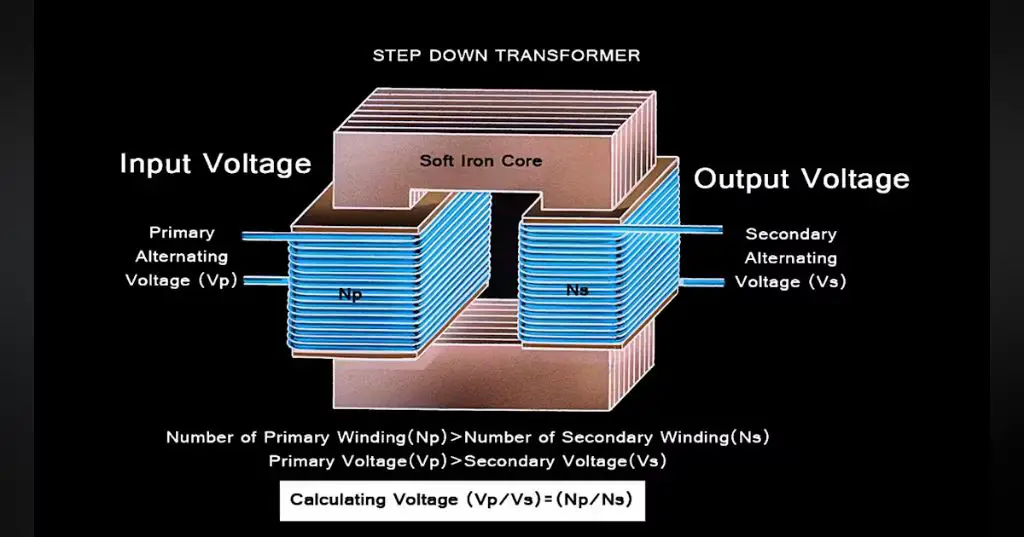
Electricity is generated and transmitted at very high voltages. This allows lower current for a given amount of power, which reduces losses through the transmission lines. However, the high voltages used for transmission are too dangerous for use in homes and businesses. This is where transformers come in.
Transformers are devices that convert electricity from one voltage to another using the principles of electromagnetic induction. They contain coils of wire around an iron core. When AC current passes through the primary (input) coil, it creates a changing magnetic field in the core. This changing field induces a voltage in the secondary (output) coil.
By changing the ratio of turns between the primary and secondary coils, the transformer can step down the voltage to safer levels for distribution and use. For example, a transformer may convert 138,000 volts from transmission lines down to 13,200 volts for distribution to neighborhoods. Then pole-mounted transformers further reduce the voltage to 120/240 volts for use in homes. Without transformers, it would not be feasible to utilize electricity safely.
Meters
Electric meters measure how much electricity consumers use in real time. They work by tracking the flow of electrons through the wires in a circuit. Meters have sensors that detect the movement of electrons and translate that into kilowatt-hours (kWh), which is the standard unit of measurement for electricity consumption.
Most homes and businesses have an electromechanical induction meter. This type of meter has a metal disc that spins as electricity passes through it. The speed of the disc rotation correlates to the amount of power being used. Gears inside the meter convert the disc movement into the total kWh consumption, which is shown on the meter’s display.
Newer electric meters are digital and sample the current and voltage many times per second to calculate usage. These smart meters communicate usage data back to the utility company wirelessly. This allows for remote meter reading without needing to send someone to check the meter in person. Smart meters also enable time-based pricing, like cheaper rates during off-peak hours.
Regardless of the specific meter technology, all electric meters work on the same principle of tracking electrons to determine electricity usage. The meter reading provides consumers with real-time feedback on how much power they are consuming from the grid.
Wiring
The final stage of electricity distribution involves the wiring that connects to individual homes and businesses. Once electricity has been stepped down to safe voltage levels by distribution transformers, it travels through power lines attached to utility poles or underground conduits. These power lines run down streets and connect to each building’s meter and electrical panel. From the electrical panel, electricity flows through circuits to outlets, lights, appliances, and other devices inside the building.
The wiring inside homes and businesses consists of insulated copper or aluminum wires contained in plastic or metal conduits. Circuit breakers and fuses are used to protect the wiring from power surges and overloads. Receptacles, switches, and junction boxes distribute and control electricity to end use points. Proper wiring requires following electrical codes for safety. Licensed electricians handle more complex wiring tasks to ensure correct installation and operation.
Safety
Electricity can be extremely dangerous if not handled properly. There are important safety considerations and standards that have been developed to help prevent electrical accidents and fatalities. Some key electrical safety guidelines include:
- Use caution around exposed wires or electrical equipment. Never touch a fallen power line.
- Make sure all electrical work is done by a licensed electrician according to local and national electrical codes.
- Have your home electrical system inspected regularly and replace frayed cords, damaged outlets or overloaded circuits.
- Keep electrical appliances and tools away from water to avoid shocks.
- Use GFCIs (ground fault circuit interrupters) in areas where water and electricity may come into contact.
- Don’t overload extension cords or power strips.
- Keep hands dry when using electronics or flipping light switches.
- Use safety gear like rubber gloves and insulated tools when working with electricity.
- Unplug devices when not in use to prevent fires or shocks.
- Keep children away from electrical hazards and teach them about electrical safety.
Following basic precautions and being aware of electrical hazards can help prevent tragic accidents. Standards from organizations like OSHA, NFPA, IEEE, and the NEC provide further guidance on safe electrical practices.
The Future
As energy demands continue to rise, electricity distribution systems will need to adapt and evolve. Here are some key ways electricity distribution may change in the coming years:
Renewable Integration: More renewable energy sources like solar and wind will be integrated into the grid. This brings challenges in balancing supply and demand, but smart grid technology can help smooth out these variable resources.
Distributed Systems: Rather than a centralized grid, there may be more distributed and localized systems for generation, storage and management of electricity. Microgrids and virtual power plants that aggregate distributed energy resources are examples.
Smart Meters and Grids: Advanced digital meters, sensors and automated control systems will help make electricity delivery more efficient and reliable. Smart grids can dynamically balance the grid, detect outages, incorporate renewables and improve sustainability.
Energy Storage: Wider deployment of energy storage solutions, from utility-scale to household batteries, can store electricity when production exceeds demand and discharge when needed. This provides greater flexibility and resiliency.
Electric Vehicles: Growing adoption of electric vehicles will increase electricity demand, but their batteries could also help balance the grid when plugged in. Smart charging strategies can turn EVs into dynamic storage assets.
New Business Models: Innovative business models like community solar, peer-to-peer energy trading, and time-based pricing may emerge. These can empower consumers, improve efficiency and reduce costs.
While the future grid will look different, the goals remain the same – providing reliable, affordable and sustainable electricity to meet society’s needs. Innovation and investment will be key to modernizing distribution grids worldwide.

